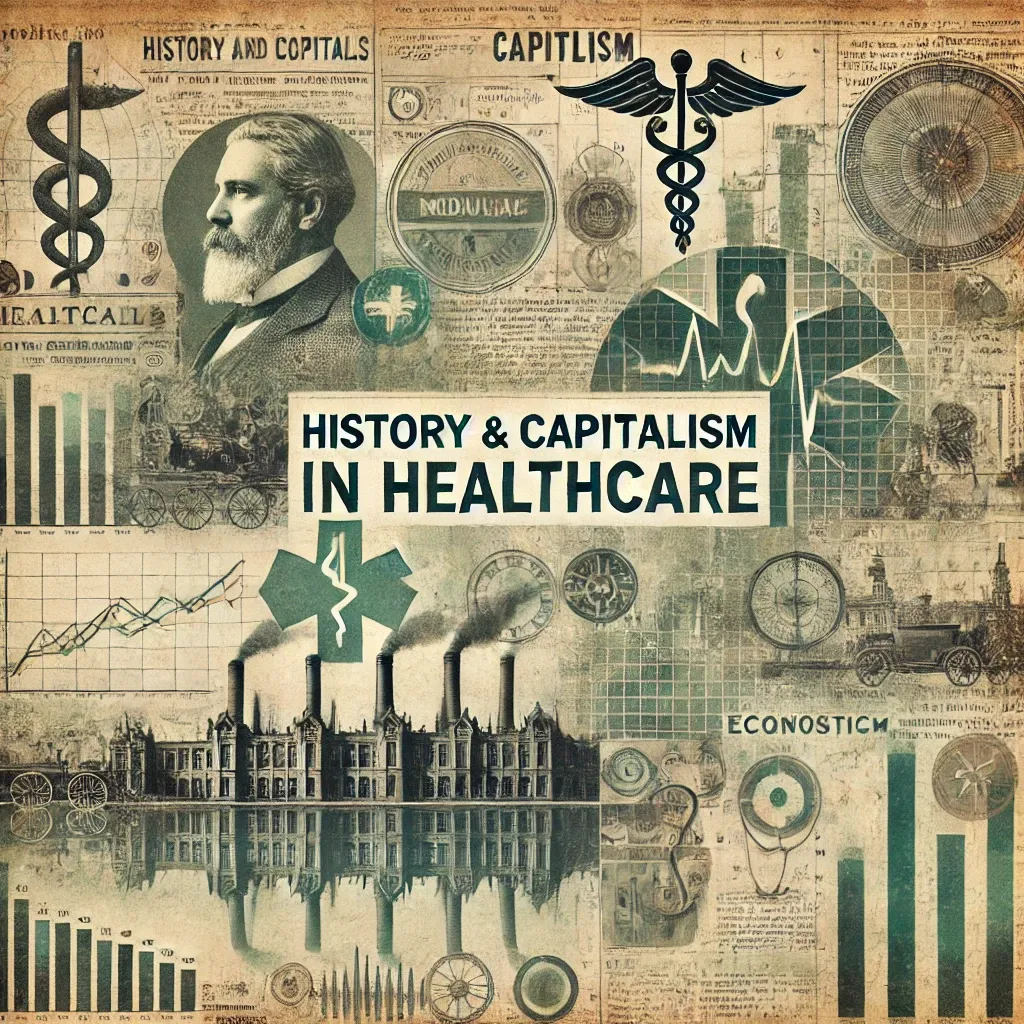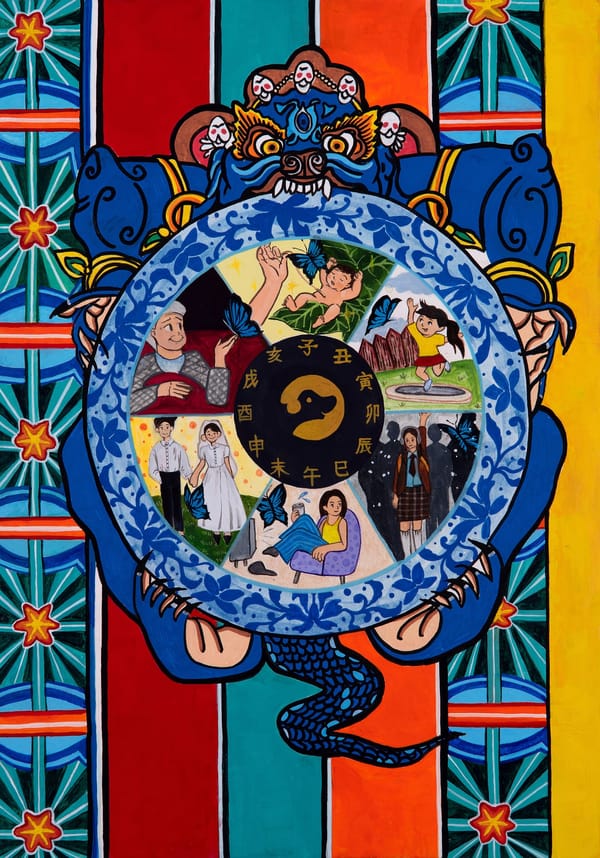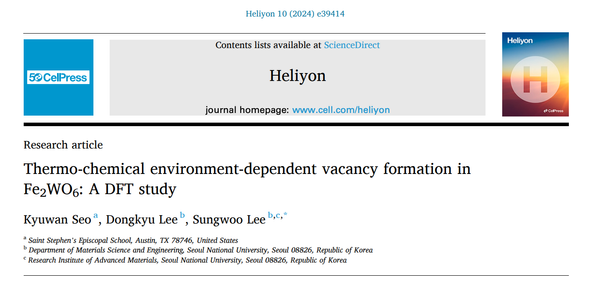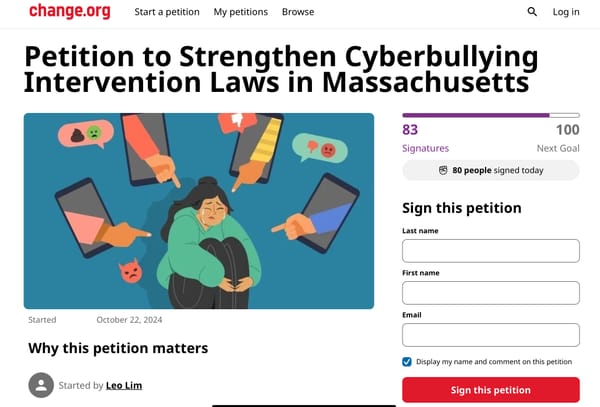The Opium Crisis and American Capitalism

Drug abuse within the past three decades has been one of the worst social issues that America has ever seen. Caused by the mass prescription of the opioid medication OxyContin, this ongoing crisis has targeted every race, gender, and social class, accumulating an unprecedented death toll surpassing half a million (Van Zee). However, issues concerning the distribution of drugs have been prevalent throughout American history – in fact, during the Gilded Age, the influx of opium and the development of refining techniques engendered a drug crisis that permanently altered both the American culture of substance use and the regulations of the pharmaceutical industry. Overall, the rise and fall of the opium crisis in the Gilded Age reveal the inevitable loss of ethical principles within capitalist society by exposing the diminution of individual rights beneath the competition for economic gain, ultimately contributing to the creation of a more involved government and heralding the Progressive Era. Within this period, various forms of analysis and marketing such as advertisements, journals, and legislation concerning the marketing of opium and its regulations indicate such vulnerability of individuals in an unregulated and unchecked market.
The pharmaceutical industry heavily contributed to the drug crisis with its unwarranted distribution of opioid medication and its mercenary exploitations of technology and legislation. From the discovery of the medical use of opium from the Civil War, the postbellum period experienced exponential growth in both supply and demand of various forms of opium (Lande). Unlike previous forms of medication, which proved to be largely ineffective and costly, the instantaneous palliative effect of opium acted as a commercial edge. As one of the largely known medication brands of the time, Mrs. Winslow’s Soothing Syrup, a product for infant children, greatly profited from its use of the painkilling characteristic of opium. In an advertisement posted on the New York Times in 1860, the company states its syrup’s efficiency not only for “teething”, or brushing one’s teeth, but also to “regulate the bowels” by offering “immediate relief” with “never-failing success”; meanwhile, the advertisement addresses the concerns towards opiate addiction merely as “your own prejudices, or the prejudices of others” (New York Times [“Mrs. Winslow’s”]). However, omitted in the advertisement, this drug contained lethal doses of laudanum, the combination of morphine, an addictive substance derived from opium, and alcohol, causing infant fatalities (DEA Museum). Morphine’s universal use on various parts of the body, its implied administration upon children, its accessibility, and its prevalence all underscore the excessive extent to which forms of opium were used for profit and to which the public, without proper medical knowledge, accepted such forms of medication.
Beyond the manufacture of opium, the physicians, who bore the responsibility of appropriately prescribing medication, sought profit over their duty to protect the health of their patients. Iatrogenic addiction, or the addiction induced by physicians’ prescriptions, reached incomprehensible levels. With the development of the hypodermic syringe in the mid-19th century, clinics often advised the use of the new form of administration, which maximized the addictive quality of morphine with less required amount. In addition, physicians themselves were addicted to opium or morphine by a stunning percentage of 8-10% (Musto 698). As a result, with the increased distribution of opium through physicians, the amount of crude opium consumed per person increased from 12 grains, or doses, to 52 grains from 1840 to the mid-1890s (Musto 697). Not unexpectedly, the uncontrolled distribution of morphine caused more health problems than curing the patient. In the famous playwright Eugene O’Neill’s Long Day’s Journey Into Night, which takes place during the Gilded Age, the mother of the depicted family falls into morphine addiction due to a physician’s prescription. Her son, lamenting his father’s decision of physician, exclaims, “Instead you put her in the hand of a hotel quack who wouldn’t admit his ignorance and took the easiest way out” (O’Neill 168). The depiction of the physician as a “hotel quack” represents the public’s increasing hatred towards physicians and their incompetence; because the source of the opium were physicians, people eventually blamed them for addictions, and rightfully so – over half of the opium addiction cases during the Gilded Age were responsible by physicians (Musto 699).
The physicians, however, were not the only party that would capitalize on opium; small merchants and illegal markets also sought profit from the rampant opium addiction. In response to the increased demand for opium, more vendors offered this product in many different forms such as “homeopaths”, “natural bone-setters, local wise ones, and so on” (Musto 696). In order to retain customers and maximize profits, retailers commonly used adulteration, a technique of mixing opium or morphine with other cheap substances, to lower their prices more than their competitors. As such, adulteration raised issues of healthcare and morality. Observing these practices firsthand, a contemporary critic commented, “The man who knowingly adulterates human food, drink, or drugs is an enemy to his race, and should be treated as such. He is simply a human wolf, fattening upon the bodies of his fellows, and deliberately poisoning them for the purpose of making his own vile existence a little more comfortable” (Gabriel 322-3). The comment not only reflects the immorality and the danger of compromising consumable medication but also, with the phrase “enemy to his race”, indicates the public’s hostility towards the pharmaceutical industry as separate parties.
Furthermore, the failure of the government in the recognition of the dangers of opium and cocaine led to the initial spread of misinformation, which rendered the public susceptible to the unreliable media. As an example, the English poet Thomas de Quincey’s Confessions of an English Opium-Eater romanticized the sedating effects of opium and contributed to the public’s positive perception of the substance. In a New York Times article in 1885, cocaine is written as a “valuable drug” and even a “blessing”, capable of treating “the worst cold in the head ever heard of” (New York Times [“Remedy”]). The heavily nuanced advertisement of cocaine’s positive effects, without consideration of its negative qualities, is representative of the lack of measurements the government took to ensure the health and safety of its constituents. Even as opium addiction started to be perceived by the public as a medical condition, the pharmaceutical industry sought profit through the treatment of addiction, in which numerous unethical practices persisted to occur. For one, the medication or treatments to supposedly cure opium dependency actually contained opium, exacerbating the addiction unlike its advertised effects for the sake of continued profit. As an example, Samuel B. Collins’s “Painless Opium Antidote”, advertising its effectiveness through testimonies of veterans mentioning their recovery from opiate addiction, transpired to contain large amounts of morphine so as to sustain people’s demands for the product (Jones [Consortium]). However, even after being exposed of the fraudulent use of morphine, Collins would continue to exploit vulnerable opiate addicts and raise the Painless Opium Antidote to be one of the most popular products of the time (Jones [Conversation]). Another form of addiction treatment came from institutions, namely hospitals or sanitariums. While less exploitation occurred in these facilities, wealth disparity dramatically influenced the level of treatment that one could receive. Located in Astoria, New York, the River Crest Sanitarium was an institution that offered treatment for mental and nervous diseases. In an advertisement that circulated in the late 19th century, River Crest described their services of “modern equipment”, “electro-therapy”, and “hydro-therapy massage” for “alcoholic and drug habituation” (Ephemeral New York). In the photo below, the sanitarium contains multiple buildings with multiple floors and luxurious exterior decoration including a pavilion. The evident traces of luxury and wealth are representative of medical treatment as a privilege for the rich; in a different River Crest advertisement in a newspaper, the company wrote, “All appointments suited to first-class patients”, demonstrating how the sanitariums gathered a lot of profit without offering much effective support – a similar institution in the Sidis Institute, “charged $50 to $100 and ‘upwards’ a week”, the modern equivalent of a thousand to two thousand dollars per week (Ellen). Even worse were the harsh conditions of the lower-class asylums that similarly profited but did not offer effective aid. The late-19th century public institutions were “overcrowded and dirty, with bars on the windows”, and the staffs were “poorly paid and frequently treated patients harshly” (Ellen).
As the opium crisis revealed the detrimental avarice and deficiency of a capitalistic society, and the Gilded Age waned, the counter forces in governmental regulations of the pharmaceutical industry reduced the companies’ exploitations and reinforced individual rights to healthcare. While primarily motivated by food adulteration and the lack of sanitation of meat processing, the Pure Food and Drug Act of 1906, or the Wiley Act, contributed to more transparency and thus allowed users to possess more agency over medication products, along with the establishment of the Food and Drug Administration (FDA). Shortly after, in 1914, Congress passed the Harrison Narcotics Tax Act with the support of the Secretary of State William Jennings Bryan (Edward). The act implemented taxes upon “all persons who produce, import, manufacture, compound, deal in, dispense, sell, distribute, or give away opium or coca leaves, their salts, derivatives, or preparations, and for other purposes”, gradually decreasing the number of opium addicts and preventing sellers’ abuse of opium and cocaine users (Edward). As such, legislation protecting the agency of the individual and limiting the distribution allowed restoration for American society.
Overall, while the inrush of opium and its various derivatives caused countless casualties, its indication of the need for a more involved government ultimately improved the American quality of life. The power imbalance of information and other assets between companies and consumers, specifically in areas such as healthcare that provide necessities, was significantly reduced with the regulations of the sector and thus contributed to the end of the laissez-faire government. With this precedent, more government intervention and regulation today towards the circulation and prescription of opioid drugs is necessary to minimize the effect of drug abuse. The legacy of such catastrophe must be remembered for the protection of individual rights to healthcare in a rapidly developing society such as ours.
Works Cited
Edward, Brecher M. "The Harrison Narcotic Act (1914)." Schaffer Library of Drug Policy, 1972, https://www.druglibrary.org/schaffer/library/studies/cu/cu8.html.
Ellen, Holtzman. "A Home Way from Home." American Psychological Association, Mar. 2012, https://www.apa.org/monitor/2012/03/asylums.
Gabriel, Joseph M. "Restricting the Sale of 'Deadly Poisons': Pharmacists, Drug Regulation, and Narratives of Suffering in the Gilded Age." The Journal of the Gilded Age and Progressive Era, vol. 9, no. 3, 2010, pp. 313–36. JSTOR, http://www.jstor.org/stable/20799393. Accessed 6 May 2023.
"Hospitals 19th Century NYC." Ephemeral New York, https://ephemeralnewyork.wordpress.com/tag/hospitals-19th-century-nyc/.
Jones, Jonathan. "'A Mind Prostrate': Physicians, Opiates, and Insanity in the Civil War's Aftermath." Consortium for History of Science, Technology and Medicine, https://www.chstm.org/news/%E2%80%9C-mind-prostrate%E2%80%9D-physicians-opiates-and-insanity-civil-war%E2%80%99s-aftermath#_ftn8.
Jones, Jonathan S. "Purdue Pharma Taps a Gilded Age History of Pharmaceutical Fraud." The Conversation, 1 Dec. 2022, https://theconversation.com/purdue-pharma-taps-a-gilded-age-history-of-pharmaceutical-fraud-112363.
Lande, R Gregory. "American Civil War Medical Practice, the Post-Bellum Opium Crisis and Modern Comparisons." History of Psychiatry vol. 31,4, 2020, 483-494. doi:10.1177/0957154X20946304
"Mrs. Winslow's Soothing Syrup for Children's Teething." The New York Times, 1 Dec. 1860, p. 8.
"Mrs. Winslow's Soothing Syrup." DEA Museum, https://museum.dea.gov/museum-collection/collection-spotlight/artifact/soothing-syrup.
Musto, D F. "Iatrogenic Addiction: the Problem, Its Definition and History." Bulletin of the New York Academy of Medicine vol. 61,8, 1985, 694-705.
"Part I: The 1906 Food and Drugs Act and Its Enforcement." U.S. Food and Drug Administration, FDA, https://www.fda.gov/about-fda/changes-science-law-and-regulatory-authorities/part-i-1906-food-and-drugs-act-and-its-enforcement.
"A Remedy for Many Ills." The New York Times, 2 Sept. 1885.
Van Zee, Art. "The Promotion and Marketing of Oxycontin: Commercial Triumph, Public Health Tragedy." American Journal of Public Health vol. 99,2, 2009, 221-7. doi:10.2105/AJPH.2007.131714
O'Neill, Eugene, and Christine Dymkowski. Long Day's Journey into Night. Nick H. Books, 2017.


